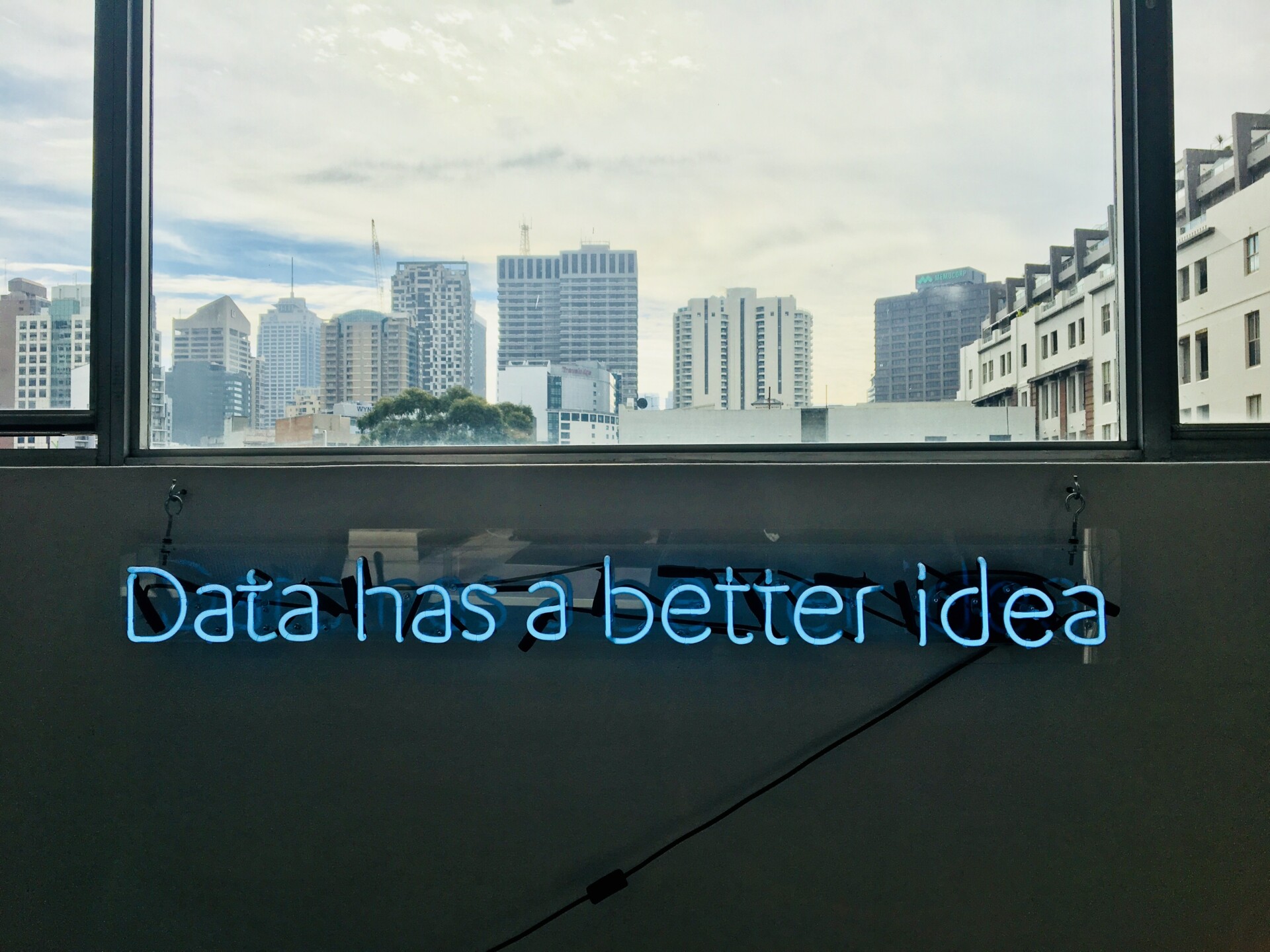What Is Artificial Intelligence?
AI can be defined as any computer program capable of learning on its own without specifically being given instruction. In general, when most experts discuss AI, it’s usually in regard to a giant computational system supporting a highly defensible dataset that discovers new patterns humans might overlook.

Numerous tools and technologies are misclassified as AI, so much so that it can be hard to differentiate what is and what isn’t AI. However, a general rule of thumb holds that if it involves neural networks and machine learning, then the AI classification holds weight.
Myth #1 – AI Has Already Advanced to Its Full Potential
AI is still very much in its early stages. While AI funding is currently at its peak, the technology still has massive room for growth.
Some experts argue that true artificial intelligence is more or less being faked, but it’s being faked well enough to build entire companies on it. Typically, this “fake AI” encapsulates some level of automation based on a variety of techniques that provide some sort of intelligent or predictive functionality.
One of the most common applications is seen in chatbots and personal assistants like Apple’s Siri and Amazon’s Alexa. These AI-lite tools all use machine learning as a means of better predicting and understanding questions and requests from human language. Popular services like Netflix and Pandora employ predictive technology to offer tailored recommendations based on user data and preferences. The caveat is that these advanced machine learning tools rely on highly defensible and rich datasets to function and become smarter.
“True AI,” if there can ever be such a thing, would learn without the crutch of a dataset. For example, a “true AI” would need to accomplish two things independently: assessing a new environment and understanding how to manipulate that environment to accomplish a perceived goal. At this point in its lifecycle, AI is still very much dependent upon the work of data scientists.
Myth #2 – AI Is a PR and Marketing Job Killer
Discussing the future of AI means discussing its impact on the workforce. What will humans do once their job is automated? How fast will that automation come? What industries will feel the most impact? AI’s effect on the workforce will reverberate, potentially, for the rest of history. Today, we are just starting to witness the first ripples.
In communications, big data and AI is expected to drastically improve the PR industry’s ability to understand a readership’s core attributes by increasing the speed at which they can process data and perform services. A Forbes article goes so far as to term this “digital DNA.” Utilizing AI, the PR industry can better understand big data and who they’re targeting in order to create more relevant, optimized, better aligned messages for their audiences in real-time, down to the individual. Making better sense of the big data at their disposal allows PR agencies to more appropriately plan future strategies, optimize media relations and better determine digital influence for improved influencer marketing.
Automation through AI tools could also be a huge boon for the PR industry as well. Specifically, robotic process automation (RPA) can take over mind-numbing tasks that every PR professional has to deal with daily – scheduling, structuring, organizing due dates, to-do lists and follow-ups, distributing press releases, creating media lists, etc. RPA can complete these tasks quicker, more efficiently and with less risk of error while granting PR professionals more time to focus on creative, cognitive tasks that AI and automation tools simply can’t perform. After all, the heart of any PR agency is the human brain and the creative ideas that spring forth.
Myth #3 – AI Will Become Smarter than Humans
AI, as it exists today, isn’t capable of human thought or emotion. It cannot, for example, feel sorrow, happiness or regret as we do. While AI-centric analogues for feelings do exist, they’re used for training an AI much in the same way a football fan uses real-world games to inform their fantasy football league; “feelings” and actions are placed on a scale of good and bad, and behavior is adjusted accordingly as time wears on. Additionally, AI cannot develop a genuine personality of its own. It can only emulate what it’s exposed or programmed to do. So long as AI continues to rely and depend upon the humans that created it, and can be managed and contained through human intervention, we the people will remain superior.



